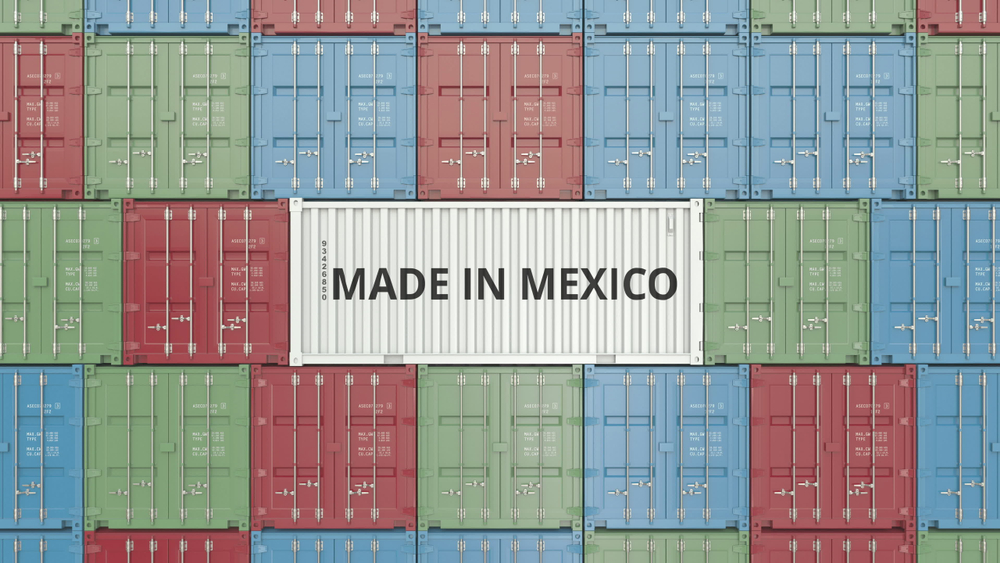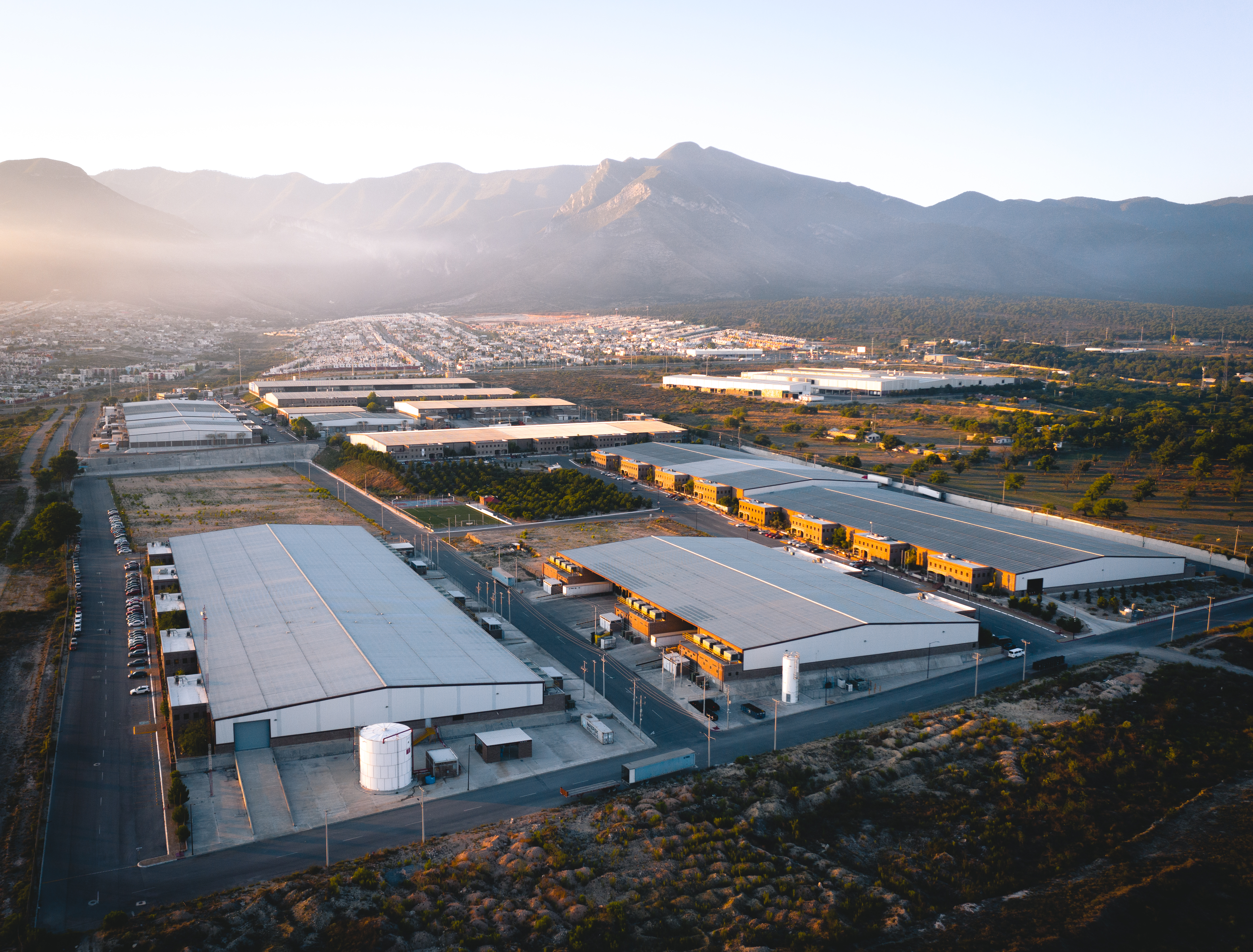As 2020 drew to an end, carrying with it the lessons learned from the global pandemic, tariff wars, and dramatic industry evolutions, many manufacturers were ready to admit that traditional supply chain methods might be in need of a change. Now, many of those same manufacturers are prepared to take the first steps in acting upon those lessons. As manufacturers evaluate their priorities and options for a path forward, many U.S.-based companies are increasingly considering moving portions of their supply chains to Mexico.
A State of North American Manufacturing Industry report released by Thomas, the industrial sourcing platform, found that 83% of the manufacturers surveyed identified themselves as “likely” or “extremely likely” to add North American suppliers to their supply chain to replace their overseas supplier. That’s a staggering 29% increase in response to the same question posed in March 2020. The COVID-19 pandemic has undoubtedly highlighted the existing challenges of overseas supply chains and pushed manufacturers to take action to build new resilience in their supply chains.
The challenge, of course, in shifting production is that it has the potential to increase costs. In fact, 40% of Thomas survey respondents reported price as the most significant barrier to supply chain reshoring.
This is where nearshoring presents a compelling alternative. By nearshoring, or moving supply chains to low-cost manufacturing locations near the manufacturer’s target market, companies can gain the supply chain resiliency they want at the low cost they need to stay competitive.
The who: The industrial sectors shifting supply chains
The Thomas report notes that certain activities are seeing greater demand for location change than others. Increases in demand for steel, chemicals, paper, and certain other raw materials, for example, are driving up interest in localizing traditional manufacturing activities such as casting and stamping services, as well as more advanced manufacturing activities, such as additive manufacturing.
Among manufacturing sectors, the automotive manufacturing sector, in particular, is laser-focused on shifting its supply chain to North America. Fifty-five percent of automotive-related Thomas survey respondents report being likely or extremely likely to replace their overseas suppliers in the coming months with a North America-based partner.
This makes sense, as the USMCA agreement now in effect is driving the automotive industry to increase its incorporation of North American produced parts to meet the more stringent rules of origin. Add to this the fact that the COVID pandemic highlighted the limitations of global supply chains and traditional just-in-time inventory management, and it’s easy to understand why now is the time for automotive suppliers in Mexico to connect with OEMs.
The automotive manufacturers surveyed by Thomas reported adding an average of 11 new suppliers to their supply chain in 2020. As more work on building resiliency in supply chains and gear up for the switch to electric vehicles, they’re increasingly likely to look to North America-based partners to serve this region.
Food and beverage production companies, construction material suppliers, and medical device manufacturers are also evaluating shifts to a North America-based supply chain. On the other hand, aerospace and defense manufacturers are already making a move. For example, aerospace companies surveyed by Thomas had already added an average of 15 new suppliers to their supply chain in 2020 to address constraints.
Thomas points to Boeing as a case in point. The company had outsourced as much as 30% of critical components of its 787 airliner to suppliers in Europe and Asia, but ineffective risk mitigation cost the manufacturer significantly. In recent years, the company has increasingly moved production back to North America to reduce its risks. That includes working closely with suppliers in Mexico, which benefit from easy access to Boeing’s Chicago headquarters. For example, a flight from Safran’s Chihuahua facility, where the interiors of Boeing passenger planes are manufactured, can reach Boeing’s Chicago headquarters within six hours.
The where: Mexico’s advantage as a nearshoring solution
Ultimately, price considerations are driving the decision to move production and supply chains. The Thomas report identified the total cost of ownership—that is, the initial investment and long-term operating costs—as the top factor influencing decisions for manufacturers considering supply chain reshoring or nearshoring their supply chains.
Shifting production to the U.S. can prove cost-prohibitive. A May 2021 regional trends analysis from the Asia-Pacific Economic Cooperation (APEC) trade group noted the expense of relocating production is only one part of the hesitation stopping action from reshoring. The threat of facing higher operational costs has proven more of a barrier. But, on the other hand, the incentive to make a move today is great. APEC has determined that the right investment on building resilience in their supply chains can potentially return an up to 25% increase in plant output and up to 30% boost in customer satisfaction.
Mexico provides a strong balance of cost-effective startup and operational costs. The country affords manufacturers with cost-effective costs for skilled labor and freight shipment and provides regulatory breaks and tax incentives for foreign investors. Together, these cost benefits set the stage for a cost-effective manufacturing site.
Thomas notes that the proximity to the market served and the ability to reduce exposure to shipping costs are also priorities for manufacturers relocating their supply chains. There is no doubt that Mexico, whose largest trading partner sits just to the North of its border, offers significant ease of access. But as one U.S.-based mineral powders manufacturer pointed out, moving supply chains is also valuable because it allows manufacturers to gain technical support without time zone barriers and translation difficulties. In addition, many manufacturers find that Mexico offers accessibility that better supports robust cross-location communication than many locations across the globe.
The how: A strategic partner to support a nearshoring shift
Manufacturers are ready to make a move to strengthen their supply chain. The dramatic disruptions industrial organizations have faced in recent years have made it evident that the old way of doing business is no longer effective. Companies that want to move forward should consider how they can best serve their target customers and take steps today to turn plans into reality.
If you’re ready to move your operations into Mexico, and move your business into the future, Tetakawi can help. Contact us today.
Subscribe
Sign up and stay informed with tips, updates, and best practices for manufacturing in Mexico.





